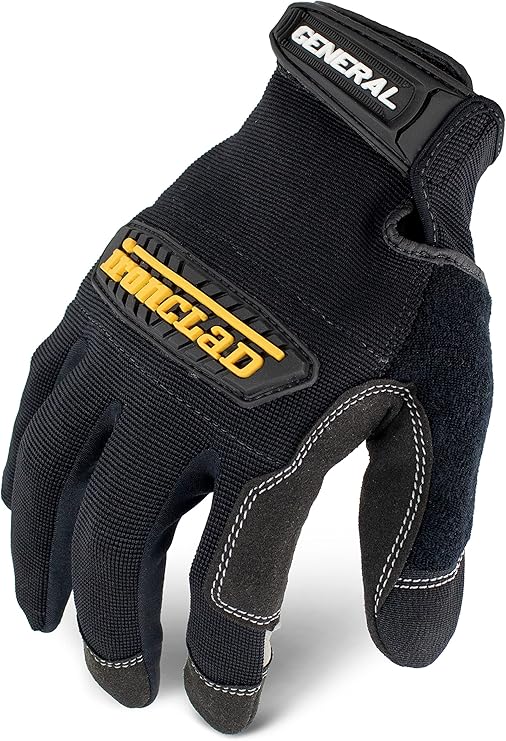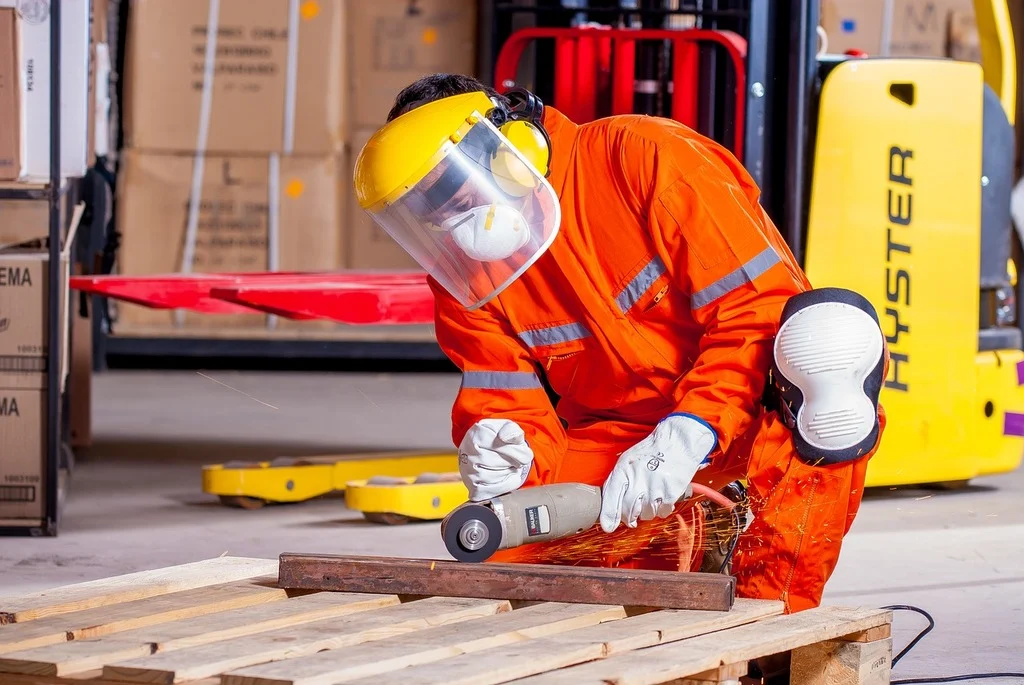
Introduction
Woodworking can be an immensely rewarding and satisfying hobby or profession. However, certain safety precautions must be taken to prevent woodworking injuries. This article will provide a guide to the top 5 most essential safety gear items for woodworking.
| Key Takeaways |
| – Invest in quality safety gear like woodworking gloves, eye protection, and hearing protection |
| – Understand safety ratings and choose gear appropriately for your woodworking tasks |
| – Get training on proper use and care of safety equipment from woodworking workshops |
Having the right protective gear can mean the difference between a rewarding project and a trip to the emergency room. Continue reading to learn more about choosing top safety gear for essential woodworking protection.
1. Protective Gloves
Protecting your hands is crucial when operating saws, sanders, and other dangerous power tools. Woodworking gloves safeguard against splinters, cuts, and abrasions. Consider gloves made of cut-resistant materials like Dyneema or synthetic fibers. Look for dexterous gloves that still allow flexibility and grip. When selecting glove type, consider your particular woodworking applications. For example, water-resistant gloves provide protection when staining or finishing damp wood. Chemical-resistant gloves are vital for applying stains, paints, or adhesives.
Top Pick:
Ironclad General Utility Work Gloves

Ironclad General Utility Work Gloves
These durable synthetic gloves allow good dexterity while protecting against cuts, abrasions, and splinters.
2. Eye Protection
Eye injuries send over 2000 woodworkers to emergency rooms each year (NIOSH). Flying debris and sawdust can damage eyesight. Wearing protective glasses, goggles, or face shields is vital for all woodworking tasks. Select equipment with side impact protection and anti-fog coatings. Ensure eye protection features the ANSI Z87+ rating for high impact resistance. Consider supplementing eye protection with a full face shield when operating dangerous power tools like table saws or lathes.
Top Pick:
NoCry Safety Glasses

These sturdy safety glasses provide certified Z87+ rated protection. The anti-scratch coating aids visibility for precise woodworking.
3. Hearing Protection
Extended noise exposure over 85 decibels can permanently damage hearing. Most woodworking tools like planers, routers, and saws operate at 100 db or above. Wearing proper hearing protection dampens excessive noise in woodworking workshops to prevent long-term hearing loss. Choose safety earmuffs or earplugs that appropriately reduce noise while still allowing voices and alarm sounds to be heard. Look for NRR safety ratings of 22db or higher for adequate protection. Consider keeping multiple kinds of disposable and reusable hearing protection available.
Top Pick:
3M WorkTunes Hearing Protector

3M WorkTunes Hearing Protector
With an NRR of 24db, these comfortable earmuffs mute excessive woodworking noise while enabling radio listening.
4. Respiratory Protection
Breathing fine sawdust over time leads to health issues for around 4% of woodworkers (OSHA). Allergies, asthma, sinus infections, and lung disease can result. Wearing a protective face mask filters out the majority of airborne particles. Select tight fitting respirators, masks, or respirators certified as N95 or better to capture fine particulate. These are essential while sanding, cutting, or working with particle board or MDF woods containing glues or resins. Proper masks defend respiratory health over years of woodworking.
Top Pick:
3M Reusable Respirator

This comfortable respirator features advanced filters capturing over 95% of dangerous fine particles for safer woodworking.
5. Durable Shoes
Falling tools can crush feet, and nails or screws puncture soles. Select sturdy leather or composite toe shoes for defense against both impact and punctures during woodworking tasks. Ensure shoes feature slip-resistant soles as sawdust-covered floors become slippery. For standing comfort during long periods, choose quality insoles providing arch support and shock absorption. Properly shielded footwear lowers injury risk from sharp objects or electric shocks in case of damaged power cords.
Top Pick:
Timberland PRO Boondock Work Boots
Rugged construction and electrical hazard rating provide all-around protection for woodworkers.
FAQs
What are essential basic safety supplies for a home woodworking workshop? Home workshops should stock basic safety items like first aid kits, fire extinguishers, dust masks and respirators, safety glasses and goggles, ear plugs, sturdy gloves, steel toe boots, and guards for dangerous power tools.
Where can I receive woodworking safety training? Many local woodworking stores, vocational colleges, woodworking clubs, or professional workshops offer safety seminars covering proper gear usage, machine operation, dust control, emergency preparedness, and more to prevent woodworking injuries.
Which standards certify protective woodworking gear as safe? Look for ANSI eye protection ratings like Z87+ or CSA Z94.3, NIOSH respirator ratings like N95/P95/R95, and CE/ANSI cut ratings on gloves signify tested protective equipment for woodworking.
Should I buy expensive branded safety gear or cheaper unbranded items? Paying more for top brands certified to safety standards ensures your protective equipment withstands impacts and hazards during woodworking. Cheaper items may fail to prevent injuries when needed most.
Can I reuse disposable protective gear like dust masks or earplugs? Disposable items like N95 respirators, earplugs, and basic dust masks cannot reliably protect users after initial use. Always don a fresh disposable mask or set of earplugs to maintain clean safety barriers against woodworking hazards.
What are potential woodworking injuries from not using safety gear? Dangers of unprotected woodworking include eye injuries from flying debris, breathing issues from fine dust, hearing loss from machinery noise, lacerations from cutting tools or workpieces, amputations from spinning blades or bits, burns from hot tools or workpieces, electric shocks from damaged power cords, and puncture wounds from stepping on sharp objects.
Where can I find more details about woodworking safety best practices? For comprehensive woodworking safety advice covering proper gear usage, machine operation, workshop setup, dust control, noise reduction, emergency preparedness and more, consult guidance from accredited organizations like OSHA, NIOSH, or woodworking trade groups. Local classes may also provide detailed safety instruction.
Conclusion
Protecting yourself with proper safety gear allows enjoying woodworking fully over a lifetime. Investing in robust eye protection, durable gloves, hearing protection, respiratory gear, and supportive shoes minimizes risk so you can avoid preventable woodworking injuries. Stay safe! And happy creating your next wood project 🙂

